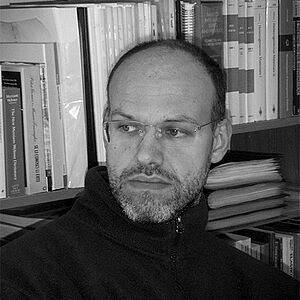
Stefano Giordano
Axes de recherche
Modeling mechanical micro-instabilities in biophysics and materials science
Modelling mechanical micro-instabilities in biophysics and materials science. From biophysics to materials science, mechanical micro-instabilities play a central role in a multitude of materials and structures. Although these systems are very different in both length-scale and morphology, they are all composed of a number of units that exhibit two or more equilibrium states and can switch from one to another. Schematically, we can identify two main classes of micro-instabilities in these multi-stable systems. On the one hand, we may observe a bi-stable behavior between one ground state and one metastable state, being these two states different, yet mechanically resistant conformations. For instance, in this class can be inscribed conformational (folded to unfolded) transitions in polymers or macromolecules (mostly proteins), and martensitic phase changes between different configurations in metallic alloys and nanowires with plasticity and pseudo-plasticity. On the other hand, the second class corresponds to transitions between unbroken and broken states of breakable units of the system. This process can be reversible, partly reversible or irreversible according to the specific physical phenomenon. Examples of this scheme include unzipping of DNA or RNA hairpins, denaturation of macromolecules, biological adhesion, peeling of films in nanotechnology, and all fracture phenomena in mechanics of materials. In this seminar, we offer a description of phenomena related to these mechanical micro-instabilities, ranging from biophysics to materials science. After presenting an overview of typical examples in both contexts, physical-mathematical approaches suitable for modeling and predicting the behavior of these systems will be introduced. In order to consider both thermal and mechanical effects, they are based on the combination of statistical mechanics and micromechanics.
Live recording of a seminar given by Stefano Giordano at IEMN (Institute of Electronics Micro and Nanotechnology), University of Lille, FRANCE. July 8th, 2021. Host: S. Barbieri (IEMN).
Slides at http://dx.doi.org/10.13140/RG.2.2.12939.62248



